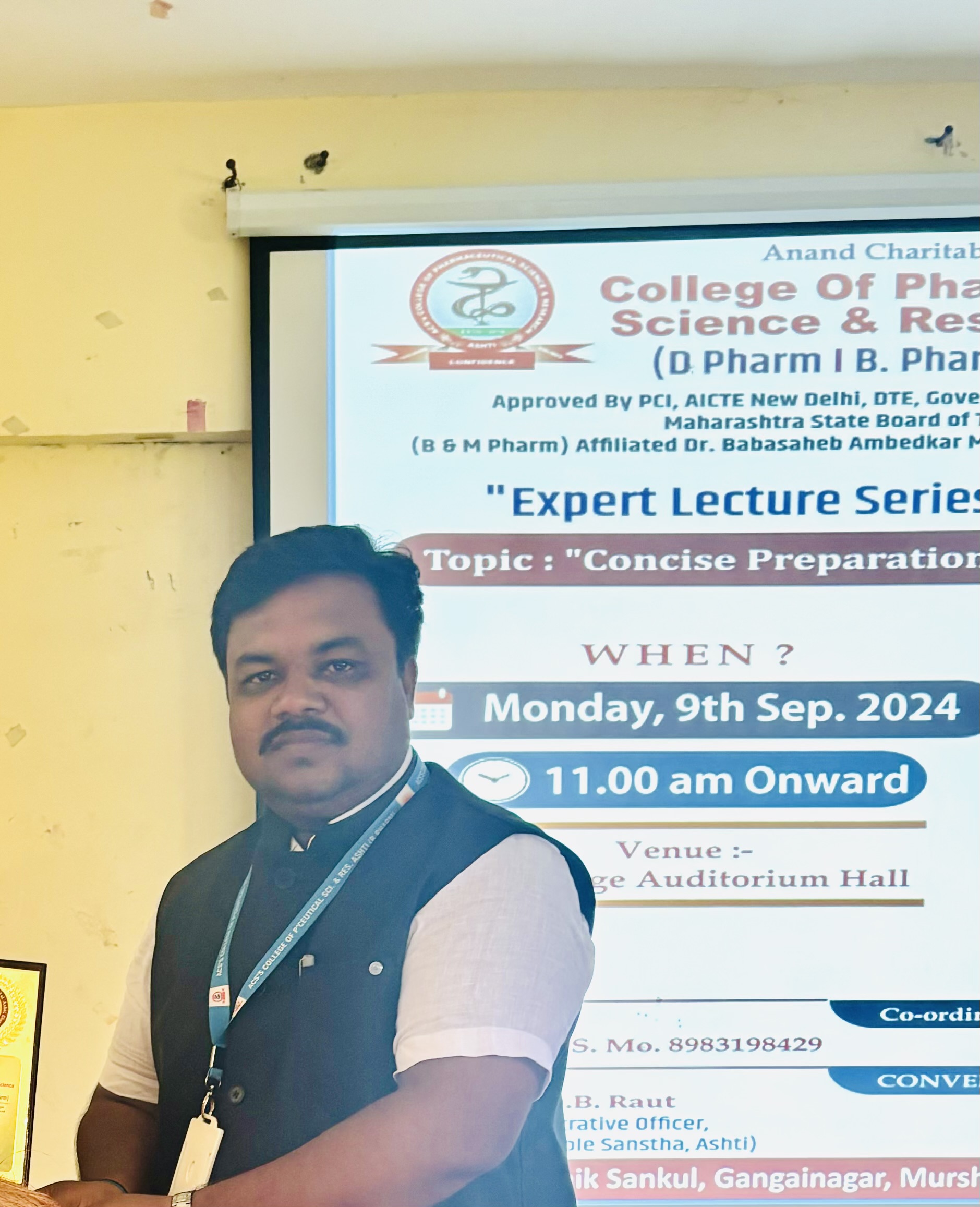Abstract
The development of new function foods requires technologies for incorporating health promoting ingredients into food without reducing their bioavailability or functionality. In many cases, microencapsulation can provide the necessary protection for these compounds. Microcapsules offer food processes a means to protect sensitive food components, ensure protection against nutritional loss, utilize sensitive ingredients, incorporate unusual or time- release mechanisms into the formulation, mask or preserve flavors/aromas and transform liquids into easy to handle solid ingredients. Various techniques can be employed to form microcapsules, including spray drying, spray chilling or spray cooling, extrusion coating, Fluidized-bed coating, liposomal entrapment, lyophilization , coacervation , centrifugal suspension separation, crystallization and inclusion complexation This article describes the recent and advanced techniques of microencapsulation. Controlled release of food ingredients at the right place and the right time is a key functionality that can be provided by microencapsulation. Timely and targeted release improves the effectiveness of food additives, broadens the application range of food ingredients, and ensures optimal dosage, there by improving the cost effectiveness for the food manufacturer Microencapsulation has many applications in food industry such as to protect, isolate or control the release of a give substance which is of growing interest in many sectors of food product development. Converting a liquid into a powder allows many alternative uses of ingredients. One of the largest food applications is the encapsulation of flavours (Shahidi and Han, 1993).
Keywords
Microencapsulation, Microcapsule, Coacervation, Control Release.
Introduction
Microencapsulation is a process by which very tiny droplets or particles of liquid or solid material are surrounded or coated with a continuous film of polymeric material. Microencapsulation includes Bioencapsulation which is more restricted to the entrapment of a biologically active substance (form DNA to entire cell or group of cells for example) generally to improve its performance &/or enhance its shelf life. Microencapsulation allows you to convert liquids to solid, change colloidal and surface properties, protect the environment, and much more regulating the characteristics of release or the availability of materials that have been coated several of these characteristics can be modified. Macro packaging approaches have been used to achieve this; nonetheless, the microencapsulation is distinguished by its microscopic size. Covered particles, as well as their use and adaptation has not been applied to a wide range of dose formulations and technical viability.
Advantage:
- Choice of dosage form for the desired drug delivery route.
- Modified and targeted.
- More expectable pharmacokinetics with reduced intra or inter subject variability.
- More homogenous distribution in the physiological environment.
- Stable fixed dose combination of drug.
- Dose titration and less dose dumping.
- Individual therapy.
- Improving Stability of the medicinal preparation.
- Improve the handling & storage of drug.
- Mask the unpleasant taste of certain core material.
Disadvantage:
- It is an expensive process.
- Requires skill.
- Difficult to obtain continuous and uniform film.
- The modified release from the formulation.
- Difference in the release rate from one dose to another.
- Dosage froms of this kind should not be crushed or chewed.
- Loss of integrity in release pattern may cause potential toxicity.
- If not use all core materials.
- Reproducibility is difficult.
- Inadequate stability or shelf life of the potent drugs.
? Method Of Microencapsulation
- Physical method
1.Air suspension
2.Concertation process
3.Co-acervation phase separation
4.Centrifugal extrusion
5.Pan coating
6.Spray-drying
- Chemical process
Solvent evaporation
Polymerization
A. Physical Method 1. Air Suspension Method–
It is also known as Wurster Or fluidized bed coating. Invention of professor pale E. Wurster. Equipment capacities: form one pound to 990 pound. This process can be used to encapsulate vitamins, minerals, &functional food ingredients.
Principle- on the basic of principal of the method is spray coating the air suspended particles with a coating material.
Construction-
- Air inlet
- Air outlet
- Coating chamber
- Spray nozzles
- Bottom screen
- 6. Coating spray.
- The apparatus consists of a coating chamber.
- In which particles are suspended on an upward moving air steam. As indicated in figure.
- The inner design of the chamber ensures the circulating flow of particles. ? It consist of other parts are air outlets sprat nozzles, atomization of coating material air inlet.
Diagram-

Working-
Within the coating chamber, particles are suspend on an upward air stream. Spraying of coating material on the air suspended particles. The cyclic process is repeated depending upon purpose of microencapsulation. Air stream serves to dry the product.
Advantages -
- Rapid coating methods.
- Requires less coating materials.
- Easy to use, labours required.
- Superior coating quality.
- Requires less coating materials.
Disadvantages-
- Not use for heath sensitive core materials.
- Only used for solid.
- Equipment cost is highly.
2.Pan coating method-
It is a widely used in the pharmaceutical industry &oldest industrial procedures for forming small, coated particles or tables. Solid particles greater than 600 microns in size is effectively coated in a pan using this method.
Construction-
- Steam/air automization spray
- Steam/air exhaust
- Coating pans
- Spray nozzles
Diagram-

Working-
Solid particles are mixed with a dry coating material. Temperature is raised. The coating material melts & encloses the core particles. Then is solidified by cooling. Microcapsule. The particles are placed in coating pan then add coating material by spraying which cover the core material. After covering of core material, warm air is passed over coating material to form dry microencapsulation. Eg. Nanopareil, sugar seeds etc.
Advantage-
- Product release easily.
- Used in syrup coating.
- Used for CR-formulation beads.
- Simple &easy method.
- Both hot Or cold air used depends on nature of core materials.
Disadvantages-
- Sticking of core material will happen.
- Thick layer of coating material compared to other method. 3) No more used.
3.Spray drying method-
This technique is widely used in food, chemical, pharmaceutical & biochemical industries for various applications, including microencapsulation.
Construction-
- Feed suspension container.
- Spray chamber.
- Spray nozzle.
- Atomizer.
- Air inlet &outlet.
- Collector for product.
- Cyclone
Diagram-

Working-
Core particles dispersed in polymer coating solution &sprayed into the chamber through spray nozzle. Coating or shell material solution solidifies onto core particles as the solvent evaporate due to supply of hot air. Microencapsulation done & microcapsule & air exhaust through outlet. Microcapsules collected in collecters. Ingredient sprayed have size <100um>
Eg. Vitamins, fragrances, oils & flavour.
Advantages-
- Free flowing & low density product.
- Good quality product.
- Porous nature capsule.
- Economical & flexible equipment uses.
- Used for oils, food industry, perfumary.
- Low cost commercial method.
- Improve heat stability & release.
Disadvantages-
- High installation cost of machine.
- Not suitable for heat sensitive substance.
- Electricity consumption.
Coating material used-
Waxes, gum acacia, maltodextrins, hydrophobically modified starch, polysaccharides like-alginate, CMC, guar gum, proteins like-soy proteins, Na caseinate.
4.Multiorifice-centrifugal method.
Southwest research Institute (SWRI) develop. It also known as centrifugal-extrusion. Production rate is 50-75 pound per hour.
Construction-
- Core material inlet.
- Coating material inlet.
- Material groves.
- Counter rotating disc.
- Rotating cylinder.
Diagram-

Working-
Used centrifugal force core material inlet through core material inlet through core material are passed on a counter rotating disc, which transfer material to material grooves, with the help of rotating cylinder. Material grooves give spherical shape to the core material & passes to coating. where coating solution supplied that coat the core material & gives microcapsules. process is capable of microencapsulating liquids &solids of varied size vanges, with diverse coating material. encapsulated product supplied as slurry in hardning media or as a dry powder. o Processing variables includes-
1.Rotation speed of cylinder
2.Flow rate of core & coating material.
3.Conc.and viscosity & surface tension of core material.
Advantages-
- Encapsulated both solid & liquid.
- Production rate is more.
- Capsulation have varied size range.
- Diverse coating material used.
- Gives spherical shape product so improve flow property.
Disadvantages-
1) Machine cost is high I .e expensive
2) Electricity consumption.
- Complex process may affected due to improper rotating speed of cylinder.
- Flow rate of core & coating material also influence the process.
B. Physicochemical Method
1.Coacervation- phase separation method-
It is the process in which a tiny spherical organic molecules are help together by hydrophobic force from a surrounding liquid is known as coacervation.

It involves three steps-
- Formation of 3 immiscible phase. (Core material , coating material & vehicle.)
- Deposition of the (liquid polymer) coating material on the core material.
- Rigidization of coating material.
Mechanism-
Core material is dispersed in the solution of coating polymer. Separation of coacervate from the solution. Coating of core material by microdroplets of coacervate. Formation of membrane around the core particles. Important equipment necessary for microencapsulation by coacervation phase separation method are jacketed tanks with variable speed agitators.
2. Ionic gelation method-
This method is based on the ability of polyelectrolytes to crosslink in the presence of oppositely charged ions & form hydrogels. Used for encapsulation of various drug by using polyanions, such as alginates, gellan gum, CMC, & polycations, such as chitosan, as polymeric gelling agents. Several approaches have been proposed to obtain more or less spherical crosslinked microparticles, including emulsification & extrusion techniques. In ionic gelatin method, polysaccharides (sodium alginate, gellan gum, pectin) are dissolved in water or in weak acidic medium. These solution added dropwise under the container solution containing other multivalent ions. Due to complexation between oppositely charged ions polysaccharide undergoes ionic gelation & precipitate to form spherical particles. Beads are removed by filtration. Wash with distilled water & dried.
Diagram-

C. Chemical Method-
1.Solvent evaporation method
core material dissolved or dispersed coating polymer solution. With agitation liquid manufacturing vehicle phase heating. Evaporation of polymer solvent microencapsulation.

2.polymerization-
Relatively in new microencapsulation method utilizes polymerization techniques to form protective microcapsule coating in situation. Method involves the reaction of monometric unit located at the interface existing between a core material substance & continuous phase in which the core material is dispersed.
1)Interfacial polymer-In interfacial polymerization, the two reactant in a polyconden meet at an interface & react rapidly.
2)In-situ polymerization-In a few microencapsulation processes the direct polymerization of a single monomer is carried out on the particle surface.
3)matrix polymer- In a number of processes a core material is imbedded in a polymeric material during formation of the particles.
?Application Of Microencapsulation:
- Reduce GIT irritation.
- Avoid incompatibility of drug combination.
- Mask the unpleasant taste & odour.
- Avoid degradation of drug in stomach.
- Improve handling & storage of certain drugs.
- Used to protect the core material.
- Microencapsulation is widely used in the pharmaceutical field for the controlled release of encapsulated drugs.
- Protect drug from environmental hazards.
- Hygroscopic properties of core material may be reduced by microencapsulation.
- Can be used to decrease volatility.
- Encapsulated volatile substance can be stored for longer times without substantial evaporation .
- Reduce the gastric irrigation
REFERENCES
- Priyanka Ravsaheb Shirsath, 2Rajeshree Aasaram KhandreA Review: Microencapsulation International Journal Of Creative Research Thoughts, (Ijcrt)Ijcrt.Org
- Mr. Aniket Kalkumbe”, Prof. Santosh Waghmare”, Prof. Dr. Hemant Kamble, MICROENCAPSULATION: A Revieweissn: 2582-5208
- International Research Journal of Modernization in Engineering Technology and Science
- S. S. Bansode, S. K. Banarjee, D. D. Gaikwad, S. L. Jadhav, R. M. Thorat, Microencapsulation: A Review, Volume 1, Issue 2, March-April 2010, Article 008.
- Poshadri And Aparna Kuna, Microencapsulation Technology: A Review, J.Res. Angrau 38(1)86-102, 2010.
- Jyothi Sri.S*?1;, A.Seethadevi, K.Suria Prabha?1;, P.Muthuprasanna And, P.Pavitra, Microencapsulation: A Review, International Journal Of Pharma And Bio Sciences, 1/23issn 0975-6299 Vol 3/Issue 1/Jan-Mar
- Https://Www.Semanticscholar.Org /Paper/Journal-Of-Inventions-In -Biomedical-And-Sciences-Jabeen Begum/914ceb559791f4c8846216b 6f1c937677f103b8c
- Https://Link.Springer.Com/Chapter/10 .1007/978-3-031-31380-6_7
- Https://Www.Slideshare.Net /Slideshow/Microencapsulation-Final1pptx/256115874.
- https://www.researchgate.net /figure/Schematic-representation -of-the-coacervation-process-a -Core-material-dispersionin_fig2 _215520624
- https://www.researchgate.net/figure /Solvent-Evaporation-Technique_fig1 _336192789
- https://www.semanticscholar.org/paper/Potential-Approaches-of-Colon-Targeted-Drug-System-SatputePagare/98bfe7d043fc10cf8ef03dbca3adfb36e8e3c0c2/figure/7
- https://www.researchgate.net /figure/Schematic-illustrating-the -process-of-micro-encapsulation-by -spray-drying-Redrawnfrom_fig5 _308438422
- Dr. K. Jesindha beyatricks, Mrs.Ashwini s. Joshi, Nirali prakashan advancement of knowledge, first edition-july 2020,page no. (2.2-2.15).


 Kardile S.l* 1
Kardile S.l* 1
 Jadhav dipali 2
Jadhav dipali 2
 Madake Prajakta 3
Madake Prajakta 3
 Dr. Sunil Khole 4
Dr. Sunil Khole 4







 10.5281/zenodo.14054262
10.5281/zenodo.14054262